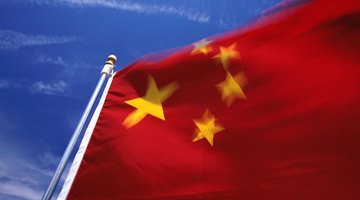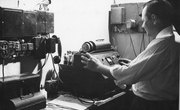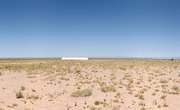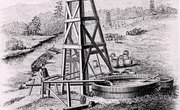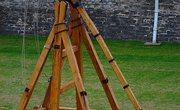Inexpensive and reliable, the so-called burp gun saw extensive combat during the Korean War that stretched from 1950 through 1953. It was useful, dependable, and soldiers relied on it heavily through more than one war. The history of this Soviet submachine gun winds its way from Russia through China and England and into use during land battles in the Koreas.
Origin of the Burp Gun
The Soviet submachine gun that is nicknamed the burp gun was created by the Russian weapons designer Georgy Shpagin. The Pistolet-Pulemyot-Shpagin, or PPSh is pronounced “peh-peh-shaw” due to the sound of the Cyrillic letters in its Russian name. It was made in response to a submachine gun that was rather expensive to manufacture, the PPD-40. Shpagin made the PPSh, later to be named the burp gun by soldiers in the field, in order for Russia to crank out more useful military weapons for less cost and labor. The PPD-40 used copious amounts of milled metal parts, which cost money and time to put together.
The PPSh used metal stamping, which was a revolutionary concept in manufacturing for that time. The burp gun’s shot grouping was superior due to a simple gas compensator that prevented the hot muzzle from rising during bursts of gunfire. British Commonwealth soldiers using the PPSh in World War II nicknamed it a burp gun due to the sound the machine made when firing.
Features of the Burp Gun
Relatively lightweight and fast in its firing capabilities, the burp gun was a main weapon for the Chinese during the Korean War. The PPSh uses the 7.62-25mm cartridge and weighs about 12 pounds when it is fully loaded with a 71-round drum. It can fire off roughly 1000 rounds in under a minute. That is a relatively high rate of fire when compared to other submachine guns of that time. The drawbacks to the burp gun include a slow drum magazine and occasional feed issues when more than 60 rounds are in place. The AK-47 later became the go-to gun for effective battle field fighting. More than 5 million were made by the end of World War II.
Chinese Take it to Type 50
The Type 50 was basically a modified version of Shpagin’s original design. The Chinese created a copy of the PPSh that both the North Korean and Chinese soldiers carried during the Korean War. The Type 50 had a hinge pin that was slightly smaller in diameter. It fired at 900 rounds per minute with a 35-round selective fire box magazine compared to the Soviet PPSh with its 71-round drum.
Related Articles
References
Writer Bio
Kimberley McGee is an award-winning journalist with 20+ years of experience writing about education, jobs, business and more for The New York Times, Las Vegas Review-Journal, Today’s Parent and other publications. She graduated with a B.A. in Journalism from UNLV. Her full bio and clips can be seen at www.vegaswriter.com.

